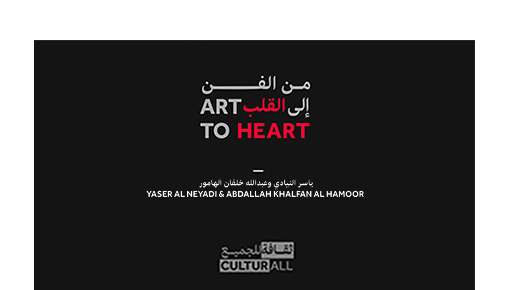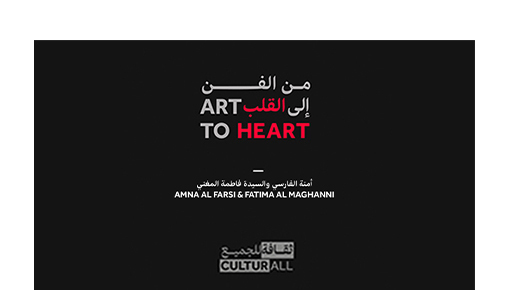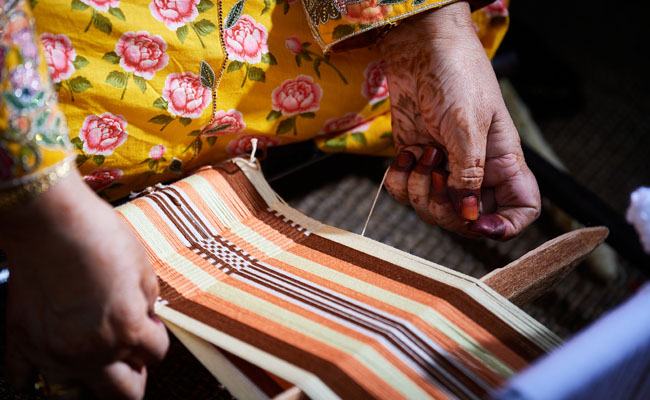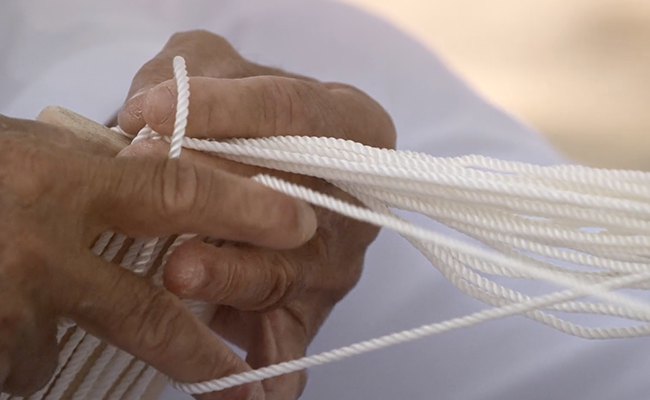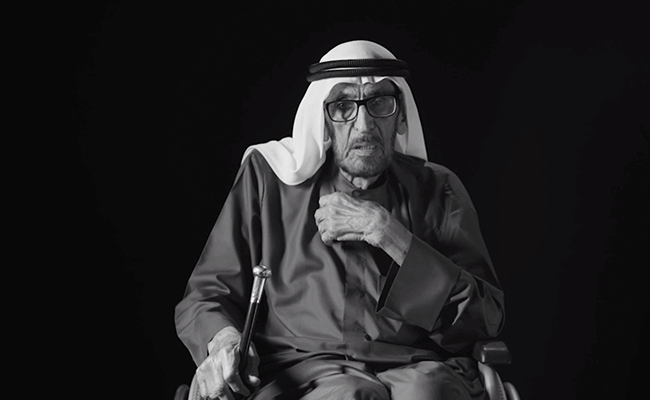
Emirati Traditional Games

Emirati children created simple games, taking inspiration from their surroundings and environment, that illustrate a universality of innocence, connecting children around the world through imagination and creativity.

